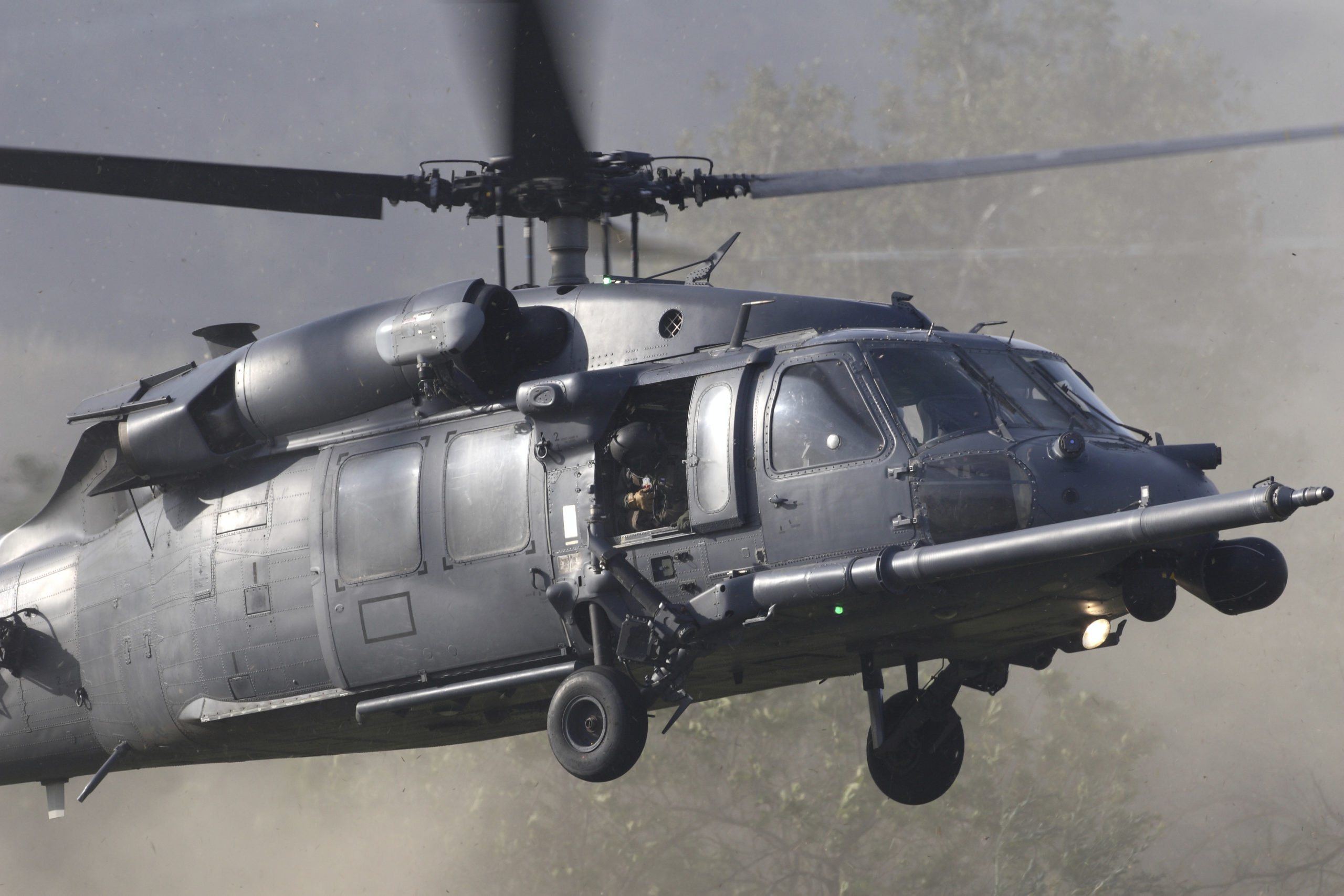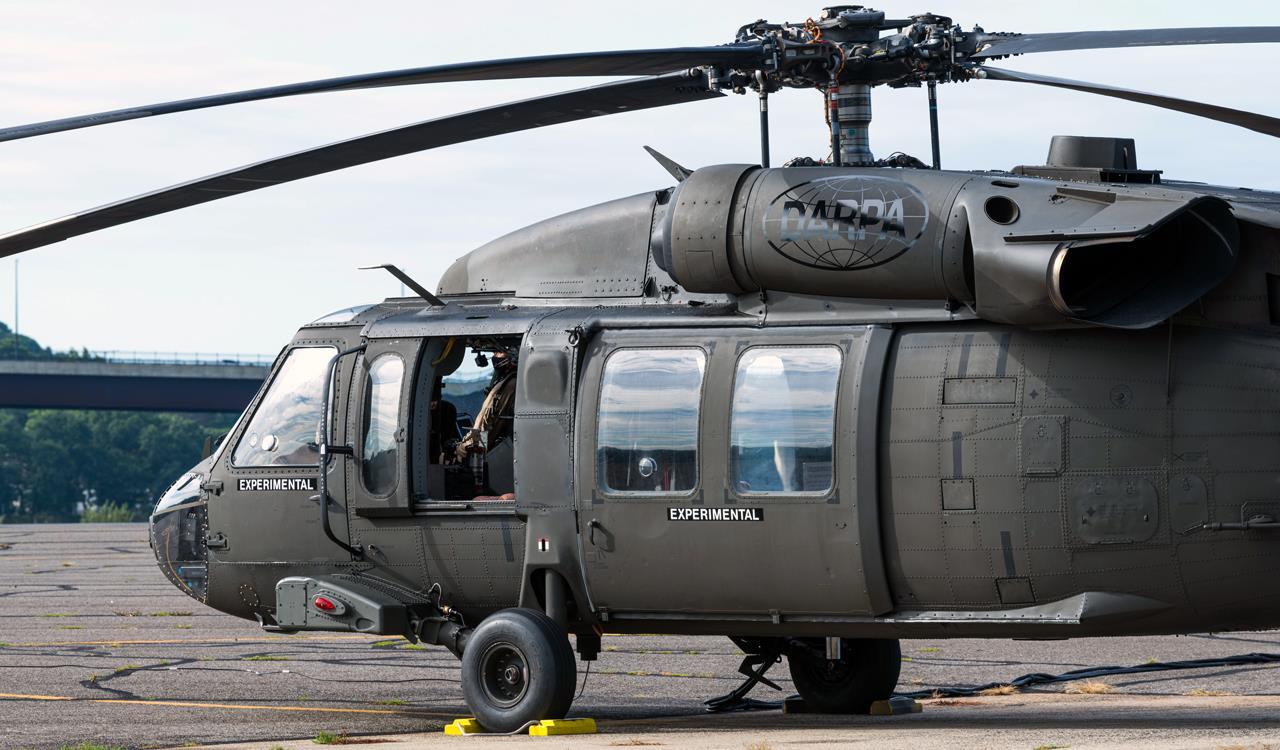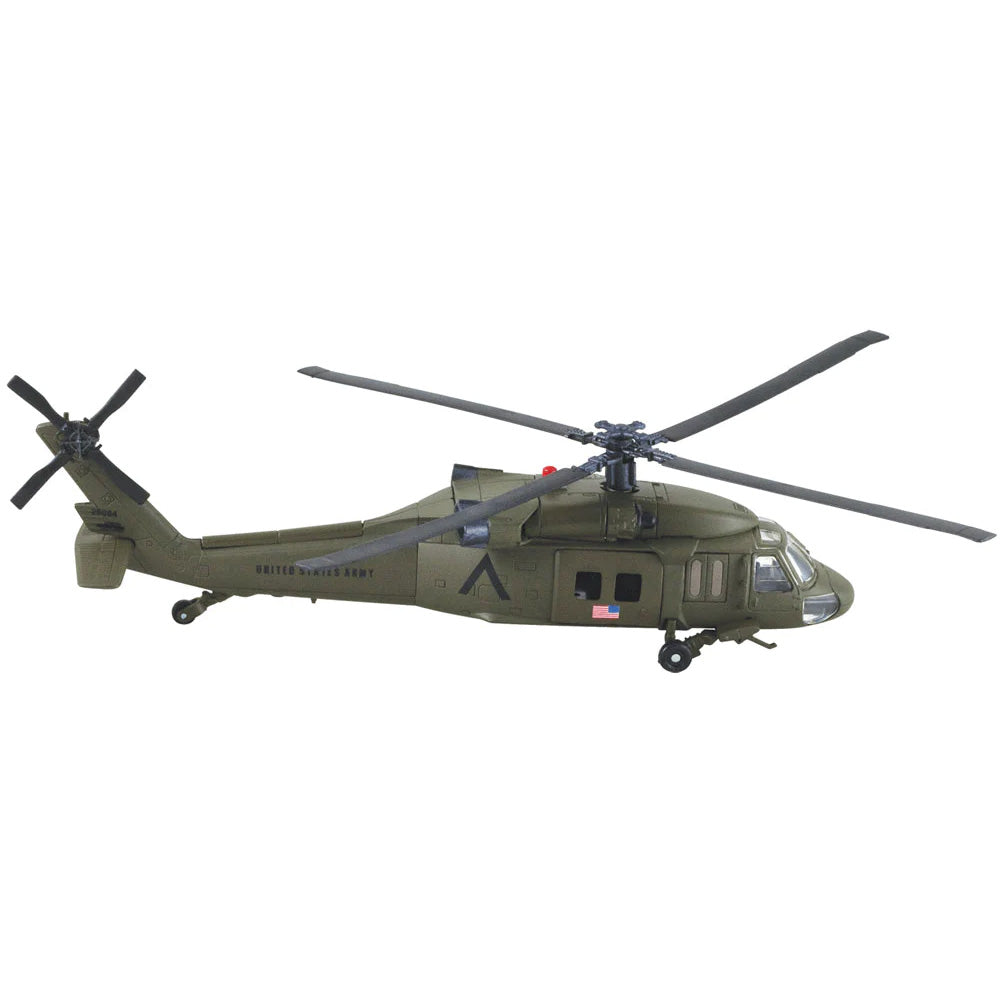UH 60 Helicopter: How It Continues to Shape Air Mobility and Combat Missions
UH 60 Helicopter: How It Continues to Shape Air Mobility and Combat Missions
Blog Article
Checking Out the Background and Development of the UH 60 Helicopter

Origins of the UH-60
The beginnings of the UH-60 helicopter can be mapped back to the late 1960s, a period noted by the demand for a functional energy aircraft that can adapt to the advancing needs of contemporary war. The united state Military identified the need for a substitute for the older UH-1 Iroquois, which was coming to be increasingly poor for the intricacies of contemporary battle circumstances. In 1967, the Military initiated the Utility Tactical Transport Airplane System (UTTAS) program, which looked for to develop a multi-role helicopter with the ability of numerous missions, including army transport, clinical emptying, and logistical support.
The UH-60 Black Hawk was presented, showcasing cutting-edge layout components and progressed innovation that established it apart from its predecessors. The UH-60 swiftly got acknowledgment for its durable efficiency, reliability, and flexibility, leading the means for its substantial usage in armed forces operations and solidifying its condition as a cornerstone of U.S. Army air travel.
Secret Style Functions
Ingenious style functions of the UH-60 Black Hawk substantially add to its functional performance. Among the most significant facets is its twin-engine configuration, which improves integrity and provides a higher power-to-weight proportion, allowing the helicopter to perform under different conditions. The aircraft's four-blade main rotor system uses improved lift and ability to move, essential for tactical objectives.

Additionally, the cockpit is created for optimum visibility and functional designs, featuring innovative avionics that improve pilot operations. The modular style of the UH-60 enables very easy upkeep and flexibility, making it ideal for various mission profiles, from army transportation to medevac procedures. These crucial design functions guarantee that the UH-60 Black Hawk remains a trusted and versatile asset in military air travel, efficient in meeting the demands of modern war.
Technological Developments
Current technological developments in the UH-60 Black Hawk have actually considerably boosted its operational capacities and adaptability. The combination of sophisticated avionics, such as electronic trip control systems and improved situational recognition display screens, permits pilots to operate with boosted accuracy and efficiency. These systems help with boosted navigation, communication, and data sharing, making it possible for the helicopter to operate successfully in varied atmospheres.
Additionally, the introduction of composite materials has decreased the general weight of the airplane while keeping structural stability. This reduction improves gas efficiency and prolongs operational array. The consolidation of advanced rotor modern technology, including using four-blade, fully verbalized rotor systems, has boosted lift performance and maneuverability, permitting for much better handling in numerous trip problems.

Furthermore, improvements in propulsion systems, such as the T700-GE-701D engines, have actually boosted power outcome and integrity - uh 60. These engines add to premium performance in hot-weather and high-altitude conditions
Last but not least, the integration of self-defense systems and improved sensor packages enhances the Black Hawk's survivability and objective effectiveness. Collectively, these technological renovations make sure that the UH-60 Black Hawk stays an important property in modern aeronautics, with the ability of adapting to the advancing needs of armed forces and altruistic goals.
Role in Military Procedures
As the backbone of U.S. Army air travel, the UH-60 helicopter plays a vital function in numerous military operations, acting as a flexible system for fight support, transportation, and medevac objectives - uh 60. Its layout incorporates the ability to run in diverse atmospheres, making it crucial for army activity and logistical support in both conventional and unique war

In medical evacuation circumstances, the UH-60 has proven very useful, dramatically minimizing the moment to carry injured soldiers from the combat zone to clinical facilities. Its innovative avionics and night vision capabilities further make sure goal success under tough conditions. In general, the UH-60 helicopter remains an important possession, constantly adapting to satisfy the evolving needs of army procedures and boosting the effectiveness of united state forces worldwide.
Future of the UH-60
Looking in advance, the future of the UH-60 helicopter includes substantial improvements in innovation and abilities made to enhance its operational performance. As military operations evolve, the UH-60 is anticipated to include advanced modern technologies, consisting of improved avionics, enhanced weapons systems, and progressed interaction devices. These improvements will permit for greater situational recognition and objective flexibility, guaranteeing that the UH-60 continues to be a vital asset helpful resources on the combat zone.
One remarkable development is the integration of fly-by-wire systems, which will boost trip control precision and minimize pilot workload. Efforts to upgrade the airframe and engines aim to raise speed, payload, and range ability, consequently expanding the helicopter's functional scope.
The future also holds pledge for increased interoperability with unmanned aerial systems (UAS), allowing collaborated objectives that take advantage of both manned and unmanned capabilities. In addition, the consolidation of expert system and device understanding might maximize trip dynamics and upkeep procedures, bring about lowered operational prices.
Verdict
The UH-60 Black Hawk helicopter represents a substantial accomplishment in military aeronautics, advancing from the U.S. Military's preliminary demands for a flexible energy airplane. Its innovative style attributes and continuous technical innovations have actually guaranteed its significance in numerous armed forces operations over the decades. As the needs of modern warfare adjustment, the future of the UH-60 will likely involve more enhancements and adaptations, strengthening its condition as an important property for militaries worldwide.
The UH-60 Black Hawk helicopter represents a substantial milestone in armed forces aviation, arising from the United state Army's quest for a much more reliable and functional utility aircraft in the late 20th century.The beginnings of the UH-60 helicopter can be traced back to the late 1960s, a duration noted by the need for a versatile utility airplane that could adjust to the evolving needs of contemporary war. Generally, the UH-60 helicopter remains a crucial property, continuously adapting to fulfill the evolving needs of military procedures and improving the efficiency of U.S. forces worldwide.
Looking ahead, the future of the UH-60 helicopter includes considerable improvements in innovation you could check here and capacities created to enhance its functional effectiveness.The UH-60 Black Hawk helicopter stands for a significant achievement in military aeronautics, progressing from the U.S. Army's initial requirements for a functional utility aircraft.
Report this page